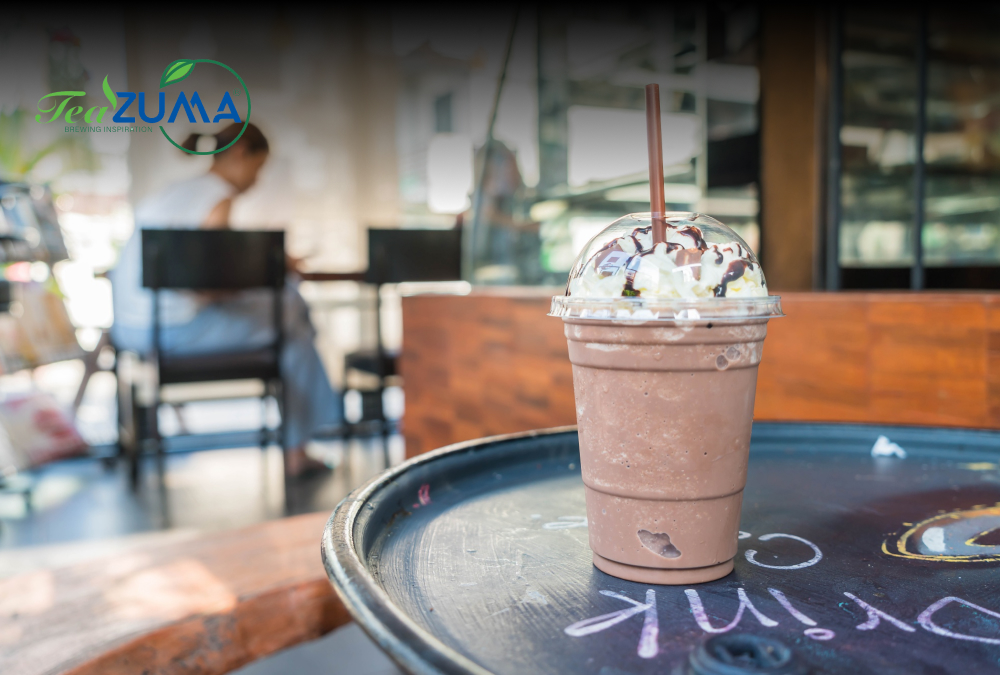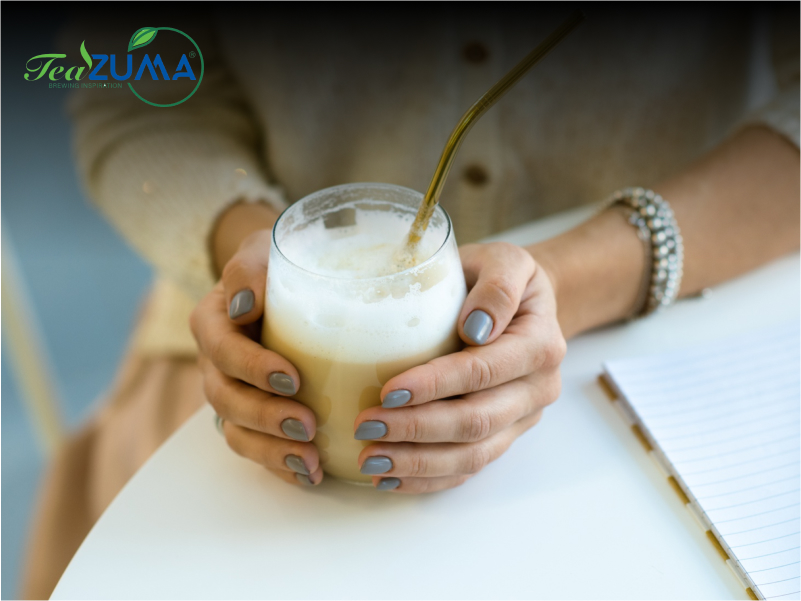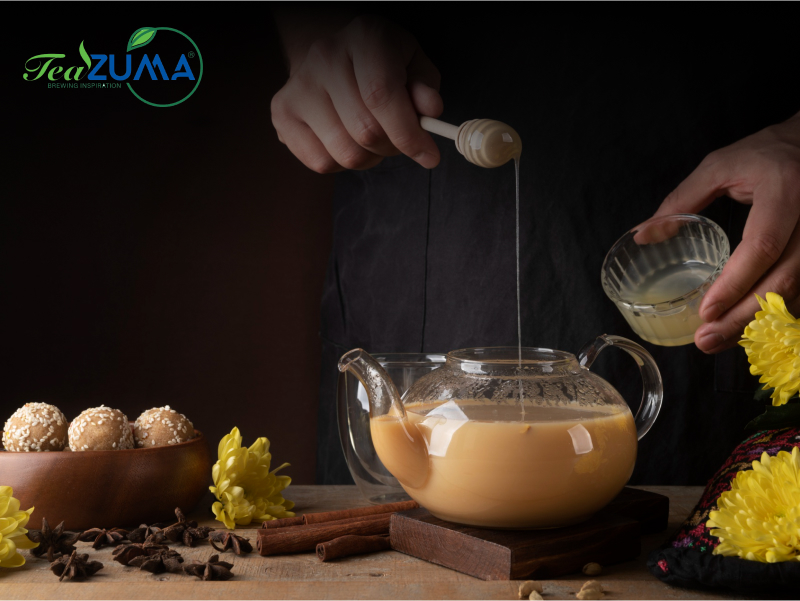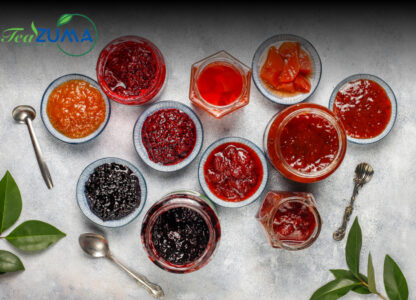No products in the cart.
Making the Perfect Cup of Milk Tea at a Bubble Tea Shop

Introduction
Creating a cup of milk tea appears to be a simple process but making a premium version of this drink is a subtle skill. Although most of the new industry entrants perceive that getting a smooth and silky milk tea is an easy task, that is not the case, and it is an effort, attention to detail, and, quality control levels that are rigorous. This also applies to bubble tea shop owners. In this article, we will discuss three successful recipes for making delightful milk bubble tea, analyze tea fermentation, and present professional recommendations to reach the best tea brewing.
The Traditional Approach
Common bubble tea places such as Quickly and Tapioca Express make use of the old method of pre-making milk tea. Tea is brewed in large batches either during the day or at the end of the day and each batch lasts for a couple of days. In this process, purified water is boiled in a big pot, leaves are put and later sifted with a cloth filter and the tea that comes out is poured into one or more buckets. The addition of cream and sugar should be done hot. On cooling to room temperature, the mixture is refrigerated.
Using this method, cups of milk tea recipes are sugar which is added before ice and toppings. To accommodate customized sugar levels, each tea type should have two ready buckets: two types of teas- one with 100% sugar and one with 0% sugar. This lets Bobaristas set the sugar level as per the customers’ requests. Although this approach is less training-involving, cost-effective, and allows fast drink serving, it needs more space for tea buckets and has a narrow selection of cold and flavored teas. Batches of pre-made tea should be checked regularly since it may degrade in flavor with time.
The Modified-Traditional Approach
Another way of preparing milk tea in your bubble tea store is to merge the pre-made method with a made-to-order system. This hybrid system adopted by more than 90% of the tea shops preserves the traditional batch-making way, though via tea warmer dispensers that can maintain the tea warm for around 8 hours. It gives the customers the choice to order drinks either cold or hot, with the tea batches typically being made at least twice a day.

Hot tea is poured by bo baristas from the dispenser into a shaker, sugar, and creamer are added, and then mixed until the tea is smooth. If customers like their milk tea cold, ice, and toppings are added after. This model is cost-effective, provides drink flexibility, and maintains tea freshness better than the standard method. However, it needs more employee training for consistent quality and also kitchen space for the brewed tea storage.
The Made-to-Order Approach
With the third option, you can use a tea shaker machine if you are ready to invest more for a truly custom-made product. The initial setting and investment are more expensive than the traditional and hybrid models; however, this system will save the kitchen area, and a serving can be made in about 25. The system is easy to operate by bobaristas who guarantee an accurate, constant, and fresh tea quality. Even though the owners are restricted to crushing leaves, there is a wide choice of crushed tea varieties. This approach also enables the customers to see the whole process from the start to the end making the tea-drinking experience better. To see this technique in practice, visit here.
Understanding Tea Fermentation
To make the perfect milk tea it is necessary to have a good understanding of types of tea, their characteristics, and the fermentation process. While the number of tea varieties is overwhelming, most of them come from the Camellia Sinensis plant. The quality of different tea classes is found to be improved by certain locations and climates, which are recognized by manufacturers. After growing of Camellia Sinensis, the next most important production activity is fermentation, where freshly harvested tea leaves are left to dry and undergo enzymatic oxidation.

Fermentation degree is one of the critical factors defining the range of teas that will be obtained. Teas such as green tea and white tea are either non-fermented or subjected to very mild fermentation. Pan-frying or steaming stops the fermentation process and those teas keep almost all their original flavor. Semi-fermented teas are divided into light (10%-20%), medium (20%-50%), and heavy (50%-80%).
Oolong tea, pouchong tea, and jasmine tea are in the group of semi-fermented teas which have a slightly yellow, or brown hue when brewed, and a subtle fragrance. The fully-fermented teas like black tea yield a deep red color and a sweet sugary scent while post-fermented dark teas, such as Pu-Erh Tea, experience full fermentation, cessation, and subsequent fermentation.
Tricks of Brewing for Maximum Efficiency
Detail to attention is a must. Owners of shops must know tea-making methods and leaf production as well as water quality, temperatures, and steeping time since these elements are crucial for the quality of tea.
1. Purified Water in the Right Proportion
Choose cold, freshly drawn water for making tea. Purified or spring water is best as it is free from impurities and potential flavor-altering agents. Distilled or heated tap water is in general not recommended. Nevertheless, some naturally occurring minerals have to be left in the water to get a good-tasting tea. Water is barely boiled in the Asian tradition to kill harmful germs and bacteria. Consistency in tea leaf-to-water ratio is a very important factor of quality; generally, the weight ratio for green tea, Oolong tea, and black tea is 1 to 30.
| Aspect | Description |
|---|---|
| Milk Tea Recipes | Explore three successful recipes for making delightful milk bubble tea, each offering a unique blend of flavors and ingredients to satisfy diverse preferences. |
| Tea Fermentation | Delve into the process of tea fermentation, understanding how it affects the flavor and aroma of milk tea and learning the techniques to achieve optimal fermentation for a premium tea experience. |
| Quality Control | Discover the importance of rigorous quality control levels in bubble tea shops, ensuring consistency and excellence in every cup of milk tea served to customers. |
| Brewing Recommendations | Learn professional recommendations for brewing the best milk tea, including tips and techniques to enhance the taste, texture, and overall quality of the beverage, elevating the milk tea drinking experience for enthusiasts. |
2. Use the Appropriate Temperature
The right water temperature is critical to the full flavor development of a tea. Do not over-boil to avoid a taste becoming flat. The temperature of the water changes with the kind of tea that is being made. For example, green tea needs a lower temperature (176-185°F/80-85°C) to bring out the perfect flavor, while a fully oxidized black tea is better with hotter water (203-212°F/95-100°C) to intensify its sweetness.
Enjoy the exquisite realm of tea at the Tea Zuma store. Taste the bubble tea mastery from our well-brewed products.
3. Infusion Time to Be Complied with
Eliminate the bad flavor of over or under-steeped tea by knowing the ideal duration to steep. The length depends on cultures and customer preferences but delicate teas such as green tea have a shorter brewing time of about 8-10 minutes. On the other hand, rich and heavy black teas which are high in oxidation fermenting should be brewed longer, about 15-20 minutes.

Recreate your tea journey with us – sip, savor, and perfect in every cup!
Read Also: What Is Culi Coffee? – Characteristics Of Culi Coffee
FAQs
Q1) What is the difference between the classic way of making milk tea and what is special about it that some bubble tea stores use?
Preparation in the traditional way involves brewing large amounts of tea in advance, usually before the shop closes. This method is preferred due to its low cost, simple training, and fast drink serving. However, it demands more space for tea buckets and provides less number of choices for cold and diverse kinds of teas. To retain the flavor of the pre-made tea in time, regular quality checks are needed.
Q2) What are the characteristics of the modified traditional approach in terms of flexibility in serving hot or cold milk tea?
The semi-custom approach unites stock methods and a custom system implemented through tea warmer dispensers. These dispensers provide tea hot for 8 hours, and customers have more freedom to order their drinks hot or cold. The hybrid model is cost-effective, flexible, and provides better control over tea freshness as compared to the traditional method. Nevertheless, it needs additional employee training for standard quality and also an extra kitchen area.
Q3) What are the differences between the made-to-order approach, and why do some bubble tea shop owners choose this method?
The made-to-order method is based on the use of a tea shaker machine, which ensures a completely personalized tea experience. While the initial setup and investment are more expensive, this method saves kitchen space, and a serving is made in about 25 seconds. Shopkeepers who choose this method emphasize accurate, uniform, and fresh tea quality. The whole process of making tea is also presented so that the customers can enjoy the whole experience.



